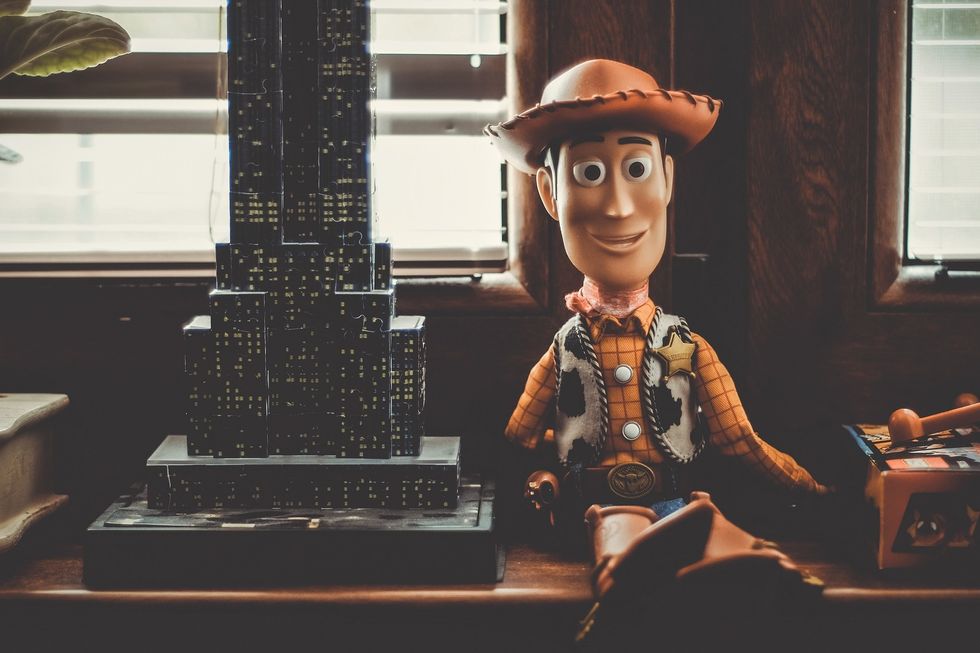CGI, or computer-generated imagery, has transformed movies in the last decade. Its use has given superhero and horror movies more verisimilitude, while its use in action and fantasy movies has decreased the audiences' suspension of belief.
CGI was first created in 1968 on a computer. The graphics, unfortunately, were comparable to that of an 8-bit calculator. As computers advanced, so did special effects. CGI really started to make its way into theaters by the early 1990's. In 1995, "Toy Story" became the first entirely CGI-animated movie. This feat put Pixar on the map. Graphics were not very advanced at this time, so many movies that utilized excessive CGI appeared cheap. However, when used properly and in moderation, it could prove very beneficial. "Toy Story" was successful because the setting was meant to be somewhat unrealistic and from the point of view of toys. Another such case is 1999's "The Matrix." CGI was famously used to slow down the bullets in the movie and give the audience a 3-D-like experience. Some of the imagery would be deemed sub-par today, but since the movie was set in a computer simulation, the special effects worked.
Nowadays, Hollywood seems to be obsessed with CGI. Nearly every new movie incorporates it, regardless of whether the film needs it or not. The best example of this is "Jurassic World." When I first heard that a reboot of Spielberg's 1993 classic was heading to theaters, I was so excited. Then, I saw that all the dinosaurs were all CGI. The original "Jurassic Park" used life-like animatronics that convinced me that dinosaurs were real. "Jurassic World" took the easy way out by using special effects that left viewers unimpressed. A lot of work was clearly put into the original, which can be seen by the use of real-world props. Hollywood needs to return to the world of practical effects. CGI can be extremely beneficial, but they should only be used when the movie is set on a different planet or plane of existence. This approach worked well for James Cameron's "Avatar," which was engendered completely from CGI and a technique coined "motion capture" that allows the actor and the actor's movements to be transferred to a digital environment.
For most movies, CGI has been overused and too heavily relied upon. DC's "Justice League" depicted Cavill's Superman with CGI. Moviegoers noticed something off about his mouth; it looked weirdly fake. Well, it turns out the actor could not shave off his mustache for another role in a different film but was forced to do reshoots for the "Justice League." The producers decided the best fix to this problem was to use CGI over his lips. Unfortunately, this decision led to inaccurate facial expressions and strange speech patterns in the movie. Computer-generated imagery is not a Band-Aid that can cinematically correct everything.
If used correctly, CGI can draw the audience into another world; even another dimension. However, Hollywood needs to refocus their attention on practical effects rather than CGI.

















